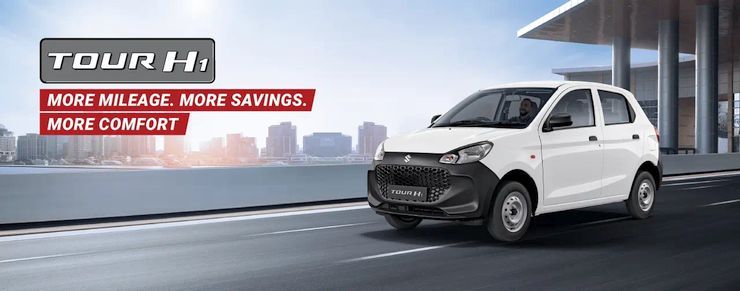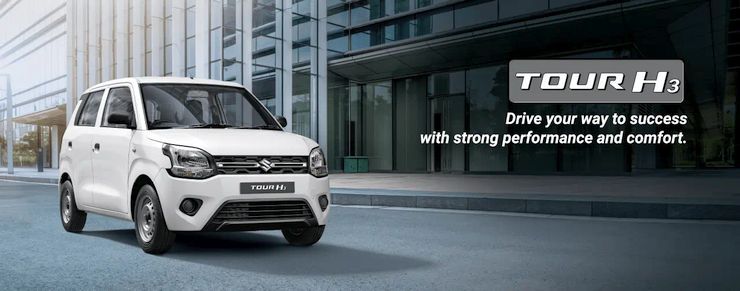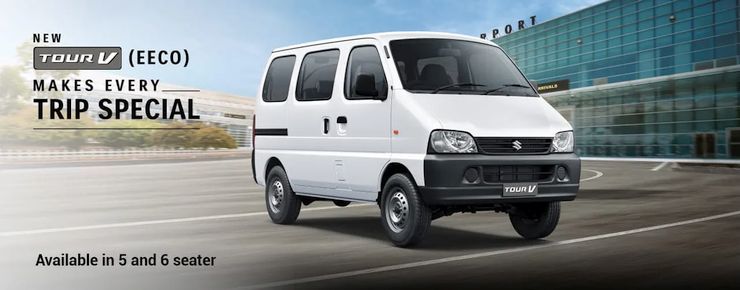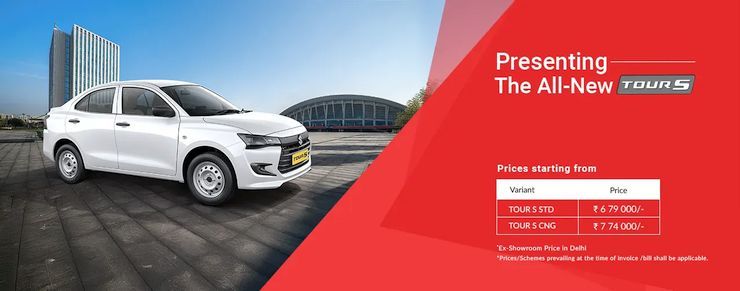Maruti Suzuki Is Making India's Ola, Uber, Rapido Taxis Safer Than Ever: We Explain


Maruti Suzuki is India’s largest car manufacturer. It is known for its variety of models, widespread sales and service network, along with a variety of options to choose from. Maruti Suzuki offers cars for both the private and commercial segments. They have a separate dealership network for commercial vehicles too. The majority of the cabs used by Ola, Uber, Rapido and other taxi companies that you see in India are from Maruti Suzuki, and they have been trying to improve the overall experience and make the cabs in India safer. You ask how? We explain.

Maruti Suzuki cars are known for their reliability, fuel efficiency, and low cost of maintenance. However, one complaint that many customers had with Maruti was about the build quality. With stricter emission and safety norms in place, Maruti has worked their way up to make their cars safer without compromising on the above-mentioned advantages.
These safety measures are not just applicable to the private registration models but also to the commercial vehicles.
Maruti likes to call the Alto K10 sold for the commercial market by the name H1. The car has been in the market for quite some time, and Maruti is offering safety features like 3-point seat belts for all passengers, front seat belt pre-tensioner and force limiter, 6 airbags (two airbags at the front, side and curtain airbags), ESP, ABS with EBD, reverse parking sensors, collapsible steering column, engine immobiliser, and speed-limiting function.

The Tour H1 is powered by a 998 cc, 3-cylinder engine that generates 67 PS and 91 Nm of torque. The Tour H1 is available with factory-fitted CNG, and the safety features remain the same.
The next popular car in the taxi segment in India is the WagonR. Every other Ola, Uber or Rapido cab that you book is a WagonR. The WagonR or Tour H3 is actually available with the K10C series 998 cc engine only. The regular WagonR gets a 1.2-litre engine option too. The H3 is available with both petrol and CNG options, and the hatchback comes with manual transmission only.

The WagonR H3 comes with safety features like 6 airbags as standard. This includes front, side, and curtain airbags. Other than this, it also gets ABS with EBD, ESP, pedestrian protection, seat belt reminder for all seats, 3-point seat belts for all passengers, and many more.
The Tour V or van became a replacement for the Omni in the Indian market after it was discontinued. The Eeco gained popularity as a boxy and practical van in both the personal and commercial segments. Just like the H1 and H3, Maruti recently launched the updated version of the Tour V with 6 airbags in the market.

The car also comes with safety features like side impact beams, engine immobiliser, offset crash compliance as per AIS 098, reverse parking sensors, seat belt reminder, ABS with EBD, ESP, fire extinguisher, seat belt with pre-tensioner and force limiter — all of which make it a safe van in the segment.
The current-generation Dzire was only added to the Maruti Suzuki Commercial line-up recently. The car was launched in the market last year. Initially, Maruti Suzuki had said that they wouldn’t be launching the Tour S variant or offering the Dzire for the Ola, Uber and Rapido taxi segment. However, within months after the launch, we started seeing the Dzire with yellow number plates on our roads.

Maruti is offering the Tour S with safety features like 6 airbags, rear defogger, 3-point seat belts, Hill Hold Assist, ESP, ABS with EBD, reverse parking sensors, and many more. It is also the only Maruti in the country to score a 5-star rating in the Global NCAP crash test.
With all these features in place, Maruti Suzuki has actually made the cab or taxi segment safer and we feel other mass segment manufacturers who are offering cars in this segment will soon get inspired from this.